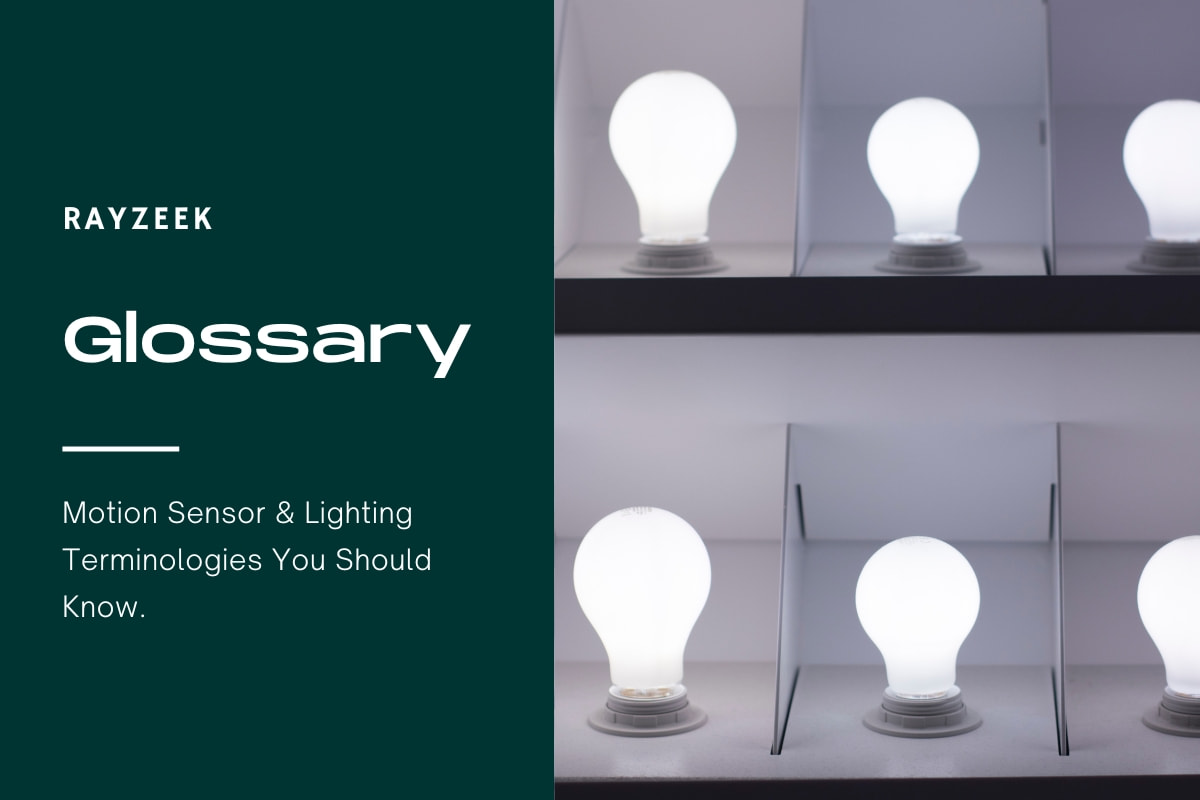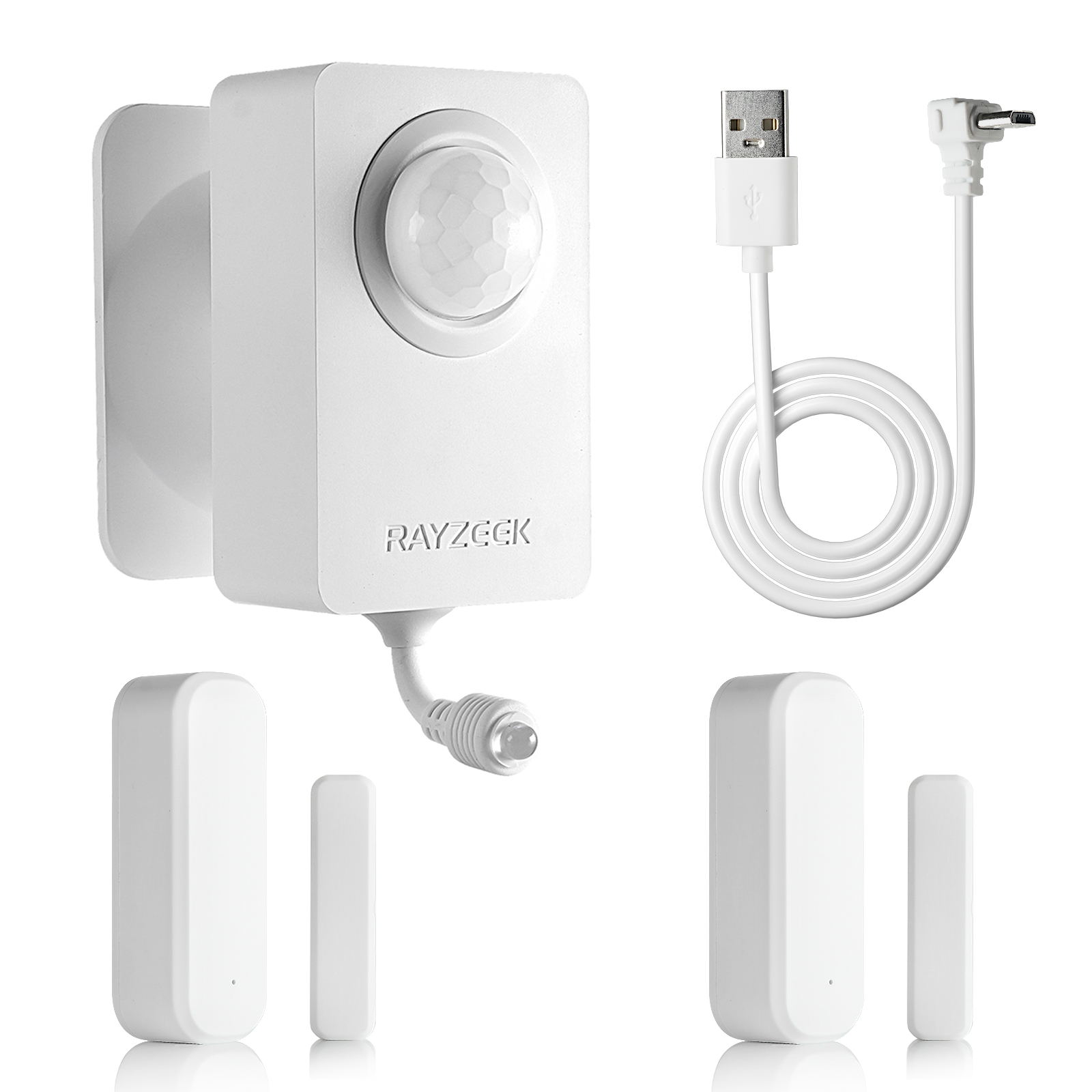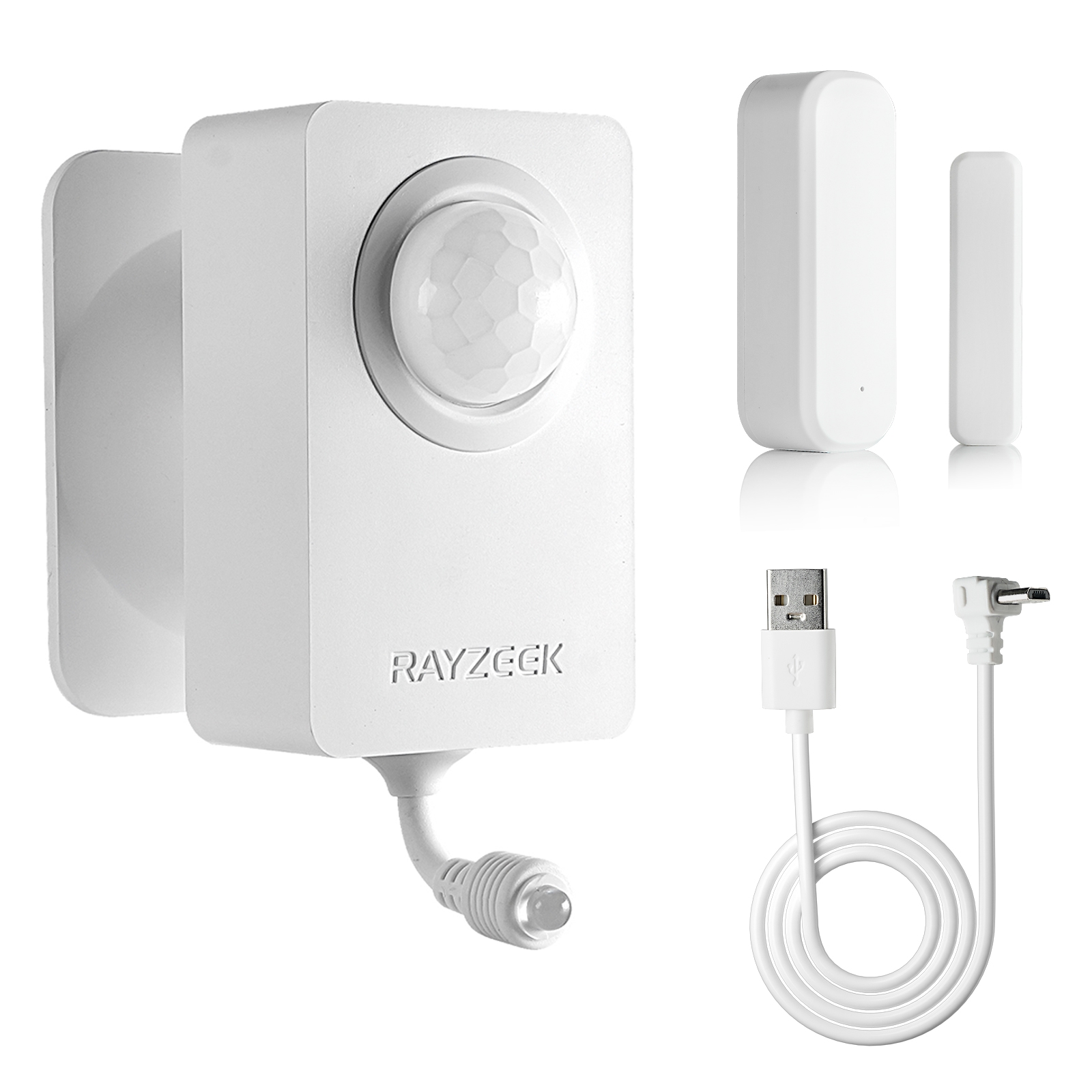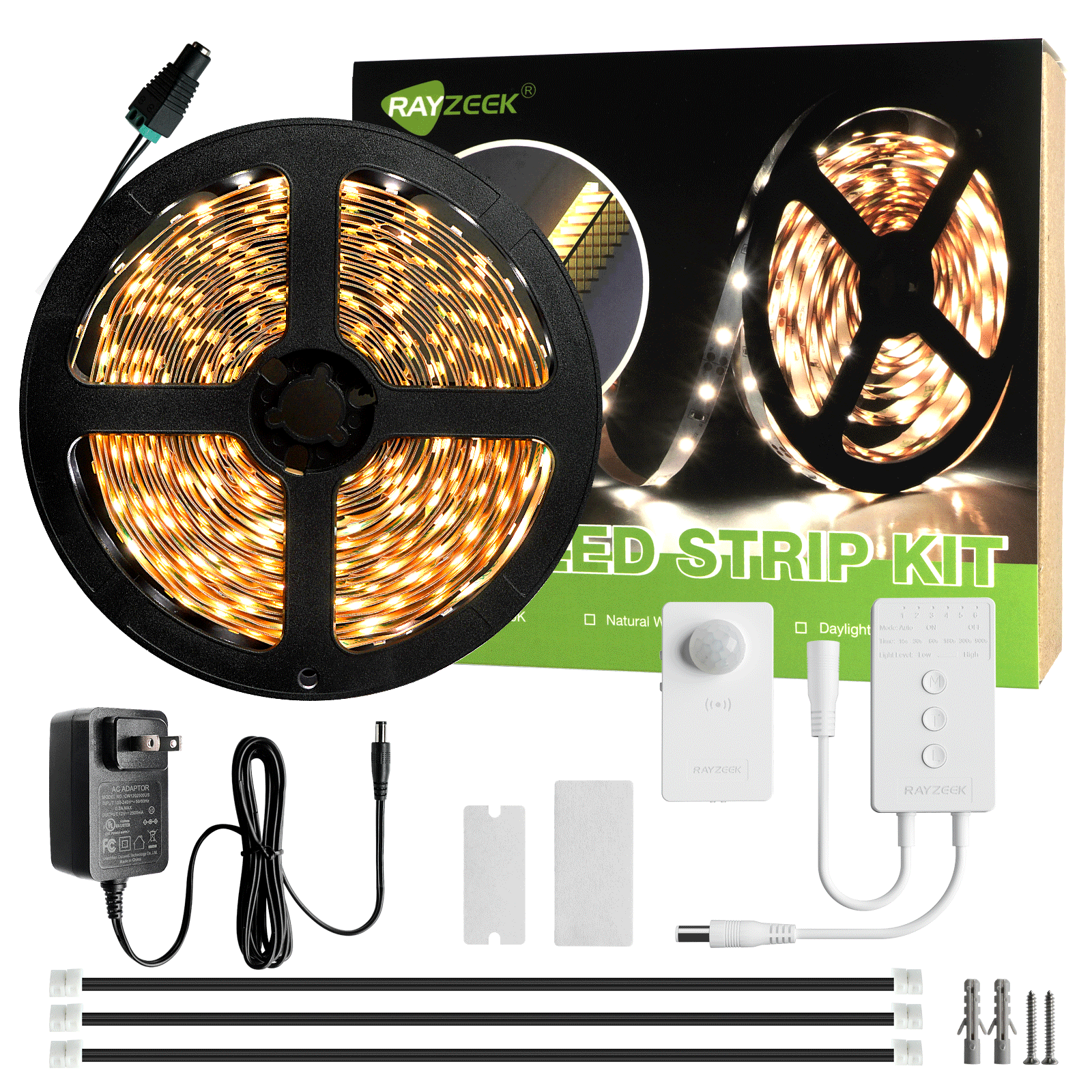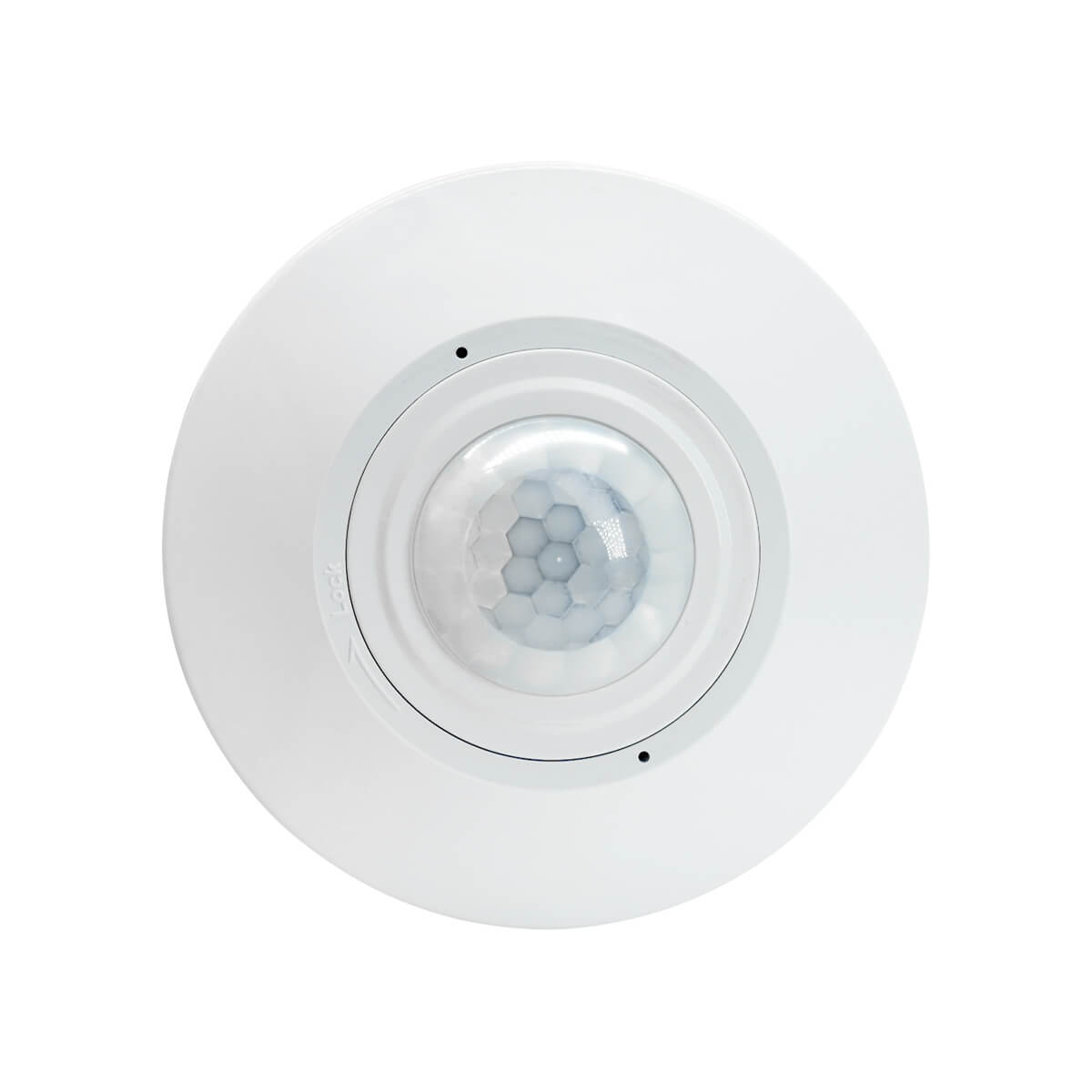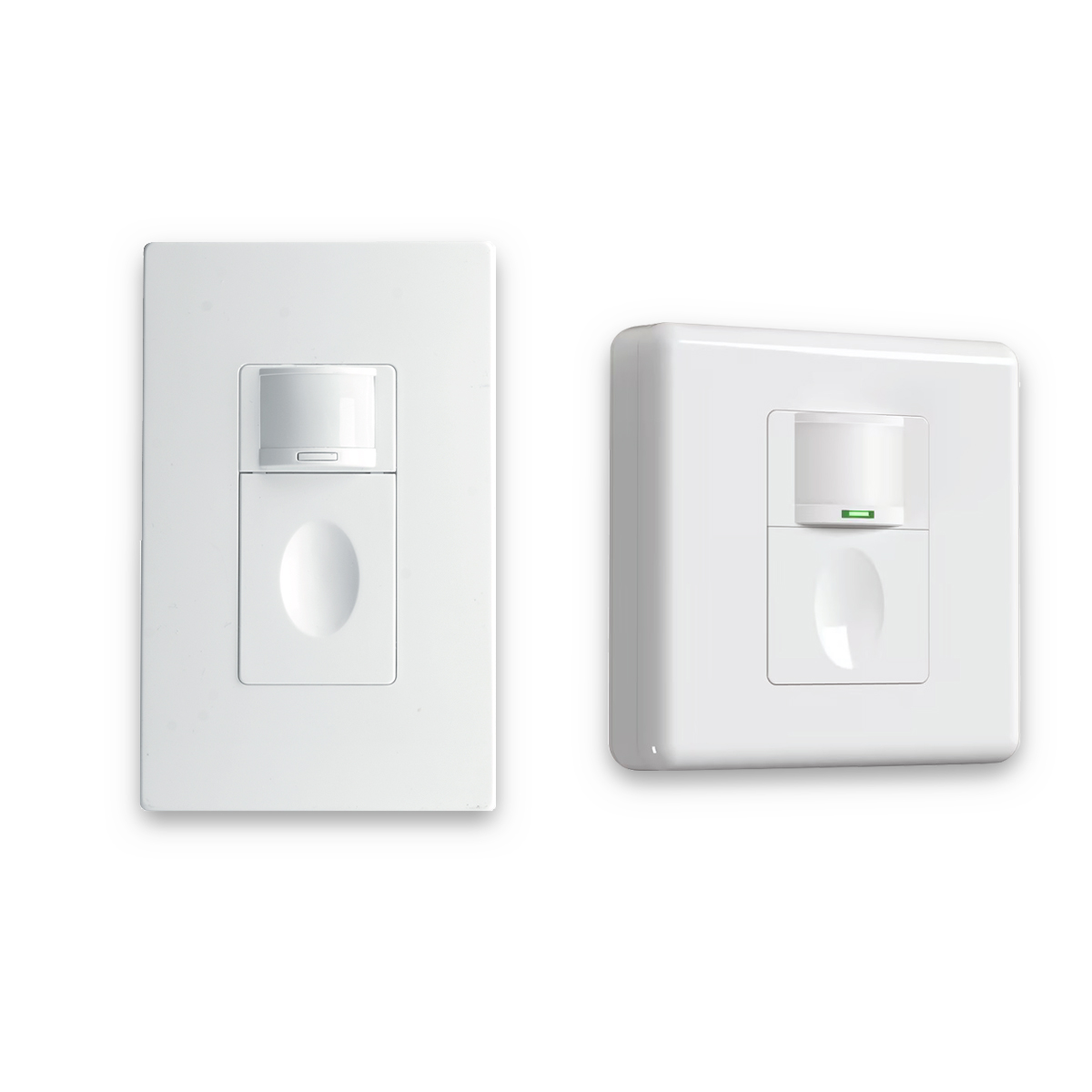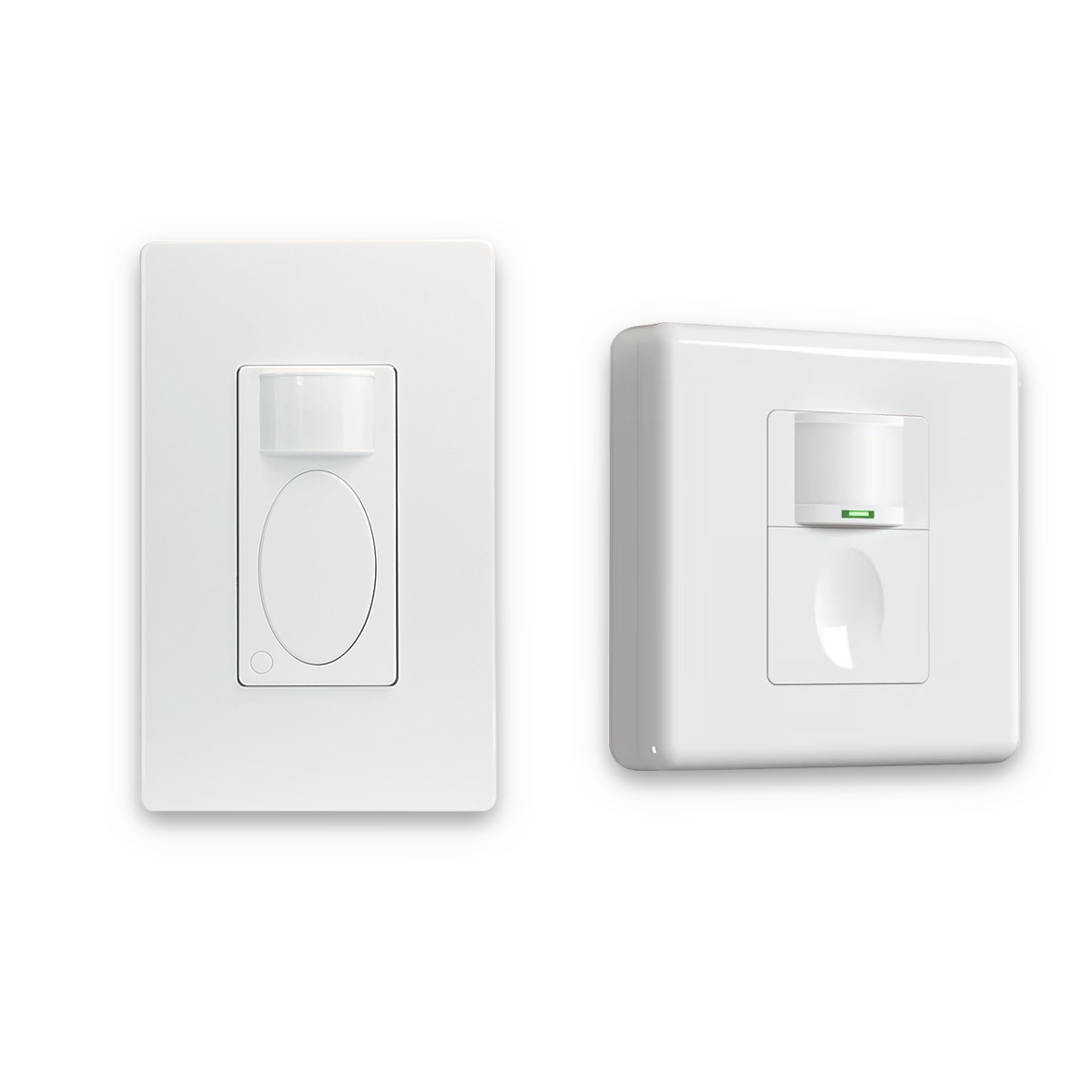What is Color Quality Scale (CQS)
Color Quality Scale (CQS) is a metric system used in the lighting industry to assess the color quality of light sources, specifically solid-state lighting. It was developed as an alternative to the Color Rendering Index (CRI) to address the limitations and criticisms of the CRI. The CRI, originally designed for fluorescent and incandescent lamps, has been found to be unreliable when applied to LED lamps.
The CQS was developed by the National Institute of Standards and Technology (NIST) in 2010 to provide a more accurate measurement of the color rendering capabilities of solid-state lighting sources. Unlike the CRI, which evaluates only eight unsaturated, pastel colors, the CQS evaluates 15 colors that more accurately represent the range of normal object colors across an expanded gamut. This expanded set of color samples allows the CQS to provide a more comprehensive and nuanced evaluation of color rendering.
Maybe You Are Interested In
The CQS values are calculated on a scale of 0-100, similar to the CRI, making them easily understood and comparable. The CQS takes into account factors such as color discrimination and human preference, providing a more holistic assessment of color quality. It aims to offer a quantitative measure of a light source’s ability to accurately reproduce the colors of illuminated objects, providing a more accurate representation of the vividness and fidelity of real-world colors.
Looking For Motion-Activated Energy-Saving Solutions?
Contact us for complete PIR motion sensors, motion-activated energy-saving products, motion sensor switches, and Occupancy/Vacancy commercial solutions.

